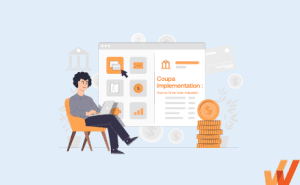
Every year, corporations, nonprofits, and governments spend trillions of dollars procuring the supplies they need to maintain their daily operations.
A huge amount of procurement spend is wasted annually, as employees fail to follow S2P process governance, use incorrect vendors, and onboard redundant suppliers.
Vendor management enables procurement teams to overcome these supplier-related challenges. A vendor management strategy is a source of truth for managing an end-to-end procurement relationship for a company and its preferred suppliers and vendors.
Vendor management software empowers organizations with the technology infrastructure to closely monitor vendor usage, manage the entire supplier lifecycle, and drive supplier-related procurement compliance.
In this article, we’ll explore the best vendor management software, their core features and functionalities, and how to choose the right vendor and supplier management system for your organization’s source-to-pay needs.
What is the best vendor management software in 2024?
What Is Vendor Management Software?
Vendor management software is a platform designed to help businesses build relationships with suppliers, procure supplies, process payments, facilitate vendor or supplier communication, and seamlessly manage the entire vendor process and relationships—all in a centralized application.
SaaS vendor management applications manage and modernize four major company-to-vendor pain points:
- Communication and relationship management
- Project coordination and management
- Contract and payroll management
- Compliance management
Features of Vendor Management Software
Here are the key features a vendor management platform should have to be able to support your procurement needs.
1. Centralized dashboard for all things related to suppliers and vendors
Vendor management software offers a single source of truth for managing suppliers and making decisions with data. This includes:
- Tracking previous and current purchases
- Assessing vendor risk profiles
- Analyzing supplier metrics
- Collecting payments and tax data
- Processing e-invoices
- Managing compliance
A central dashboard helps finance teams see what’s working in their procurement strategy, what needs to be changed, and how.
2. Vendor acquisition, evaluation, and onboarding
The vendor acquisition process is more complex than browsing potential suppliers and sending them a list of the products or services your organization needs. Before you choose a vendor, you’ll often need to undergo a laborious process to collect quotes and proposals.
After the vendor acquisition process, businesses still need to onboard their suppliers to cooperate with them using their internal purchasing and communication workflows. Vendor management software organizes all the purchasing workflows and processes vendors need to adhere to so that they can get up to speed faster.
3. Vendor communication and collaboration
Without a healthy communication process, suppliers may deliver the wrong products, orders may get delayed, and disputes may arise. A vendor management platform can be used to communicate exactly what a customer wants for each order, the terms the supplier will supply them for, and how long these terms are applicable.
4. Contract management
Businesses of all sizes can create, review, and sign contracts inside vendor management software. Vendor contracts explain how both parties will work together, the terms of the agreement, and severance terms that come into force if your vendors default.
Vendor management software makes it easy to create these contracts from scratch or from a template, and use workflows to manage them at scale.
When researching a new vendor management solution, it’s important to ensure that the tools you’ve shortlisted integrate with your contract lifecycle management (CLM) software and other procurement-related applications.
5. Support for suppliers
Effective vendor management goes beyond transactions and contracts; it involves supporting your suppliers to ensure mutual success. Vendor management software facilitates this by offering a dedicated support channel for suppliers to report and resolve issues quickly.
This proactive approach helps to:
- Resolve problems efficiently: The software enables faster problem identification and resolution by allowing suppliers to report issues as they occur, minimizing disruptions in the supply chain.
- Provide essential resources: Suppliers can access necessary documents, guidelines, and training materials directly through the software, which helps maintain consistent quality and adherence to compliance standards.
- Enhance supplier relationship: By offering support and resources, the software helps in building stronger, more collaborative relationships with suppliers, leading to improved service quality and reliability.
6. Data archives and integrations
Your vendor management platform provides historical data on every transaction, issue, and decision made regarding supplier issues. Similarly, vendor management platforms can integrate with third-party finance and operation tools like Xero, Slack, and Quickbooks.
This helps finance and ops teams automatically sync data between different platforms and make decisions faster.

How to Choose Vendor Management Software
When choosing vendor management software, consider the following:
1. Define your business goals and objectives
Choosing the right vendor management software starts with clearly understanding your business goals and objectives.
Define what you want to achieve with your vendor relationships, like reducing costs, improving service quality, or streamlining procurement processes. Consider how the software will help you track and measure these goals.
For example, if your goal is to enhance supplier performance, look for features that allow you to monitor and analyze vendor activities against set KPIs. This ensures that the software you pick aligns with your strategic priorities and can support your business needs.
2. Confirm integration with existing technology and data security
The vendor management software you choose should integrate smoothly with your existing technology stack without compromising data security. This means it should work well with your ERP, CRM, accounting, and other operational systems. Proper integration ensures that data flows seamlessly across systems, enhancing efficiency and reducing the risk of errors.
Check for solid security features that protect sensitive information about your vendors and your own business, like encryption, secure access controls, and compliance with international data protection regulations. This integration is crucial for maintaining a unified view of vendor activities and ensuring that your business operations are secure and efficient.
3. Validate ease of use and user-friendly interface
The usability of vendor management software is crucial, as it affects how quickly your team can adopt and effectively use the system. Look for software with an intuitive interface and straightforward navigation. This includes clear labeling, logical workflows, and the ability to easily find and use different features. A user-friendly platform reduces training time and helps users focus more on strategic activities rather than figuring out how to use the software.
4. Research vendor reputation and experience
The reputation and experience of a prospective vendor management software provider are indicators of reliability and quality.
Research the provider’s history in the market, looking for years of experience and a track record of success with businesses similar to yours. Read testimonials and case studies to understand how other organizations have benefited from the software. Check for any industry awards or recognitions the vendor has received.
A reputable provider should also have an active customer support system and regularly update its software to respond to new challenges and customer feedback. This ensures that you’re investing in a solution that is supported and continually improved.
5. Assess customization capabilities
Customization is key to ensuring that vendor management software fits your business’s unique needs. Modifying fields and forms and adjusting workflows and reports allow you to align the platform with your unique requirements.
Look for software that allows you to add or remove features and offers API access for deeper integrations if needed. This flexibility ensures that your vendor management system can adapt and provide long-term value as your business grows and changes.
6. Review data analysis and performance tracking capabilities
Effective vendor management software provides comprehensive data analysis tools to help you track and evaluate supplier performance, compliance, and contract details.
Look for software that offers real-time dashboards and detailed reporting capabilities. These capabilities allow you to monitor key metrics like delivery times, quality standards, and cost-effectiveness. These insights help you make informed decisions, identify areas for improvement, and ensure vendors meet your business standards.
Historical data analysis can also reveal trends and patterns that support strategic planning and vendor negotiations.
9 Best Vendor Management Software in 2024
Here are nine of the best vendor management software vendors to consider in 2024:
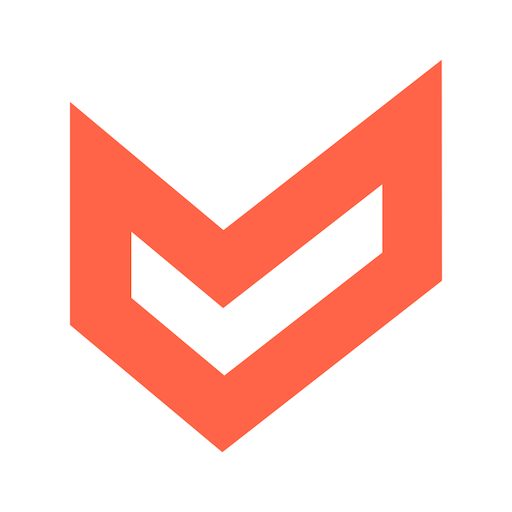
1. Airbase
- G2 Rating: 4.8 out of 5 stars
- Price: Contact for pricing details
Airbase is a comprehensive spend management platform that includes robust vendor management capabilities. It is designed to centralize and streamline the end-to-end process of managing vendor payments, expenses, and corporate cards. By automating accounts payable, purchase orders, and expense reimbursements, Airbase helps organizations achieve greater control and visibility over their spend with vendors, enhancing the efficiency and accuracy of financial operations.
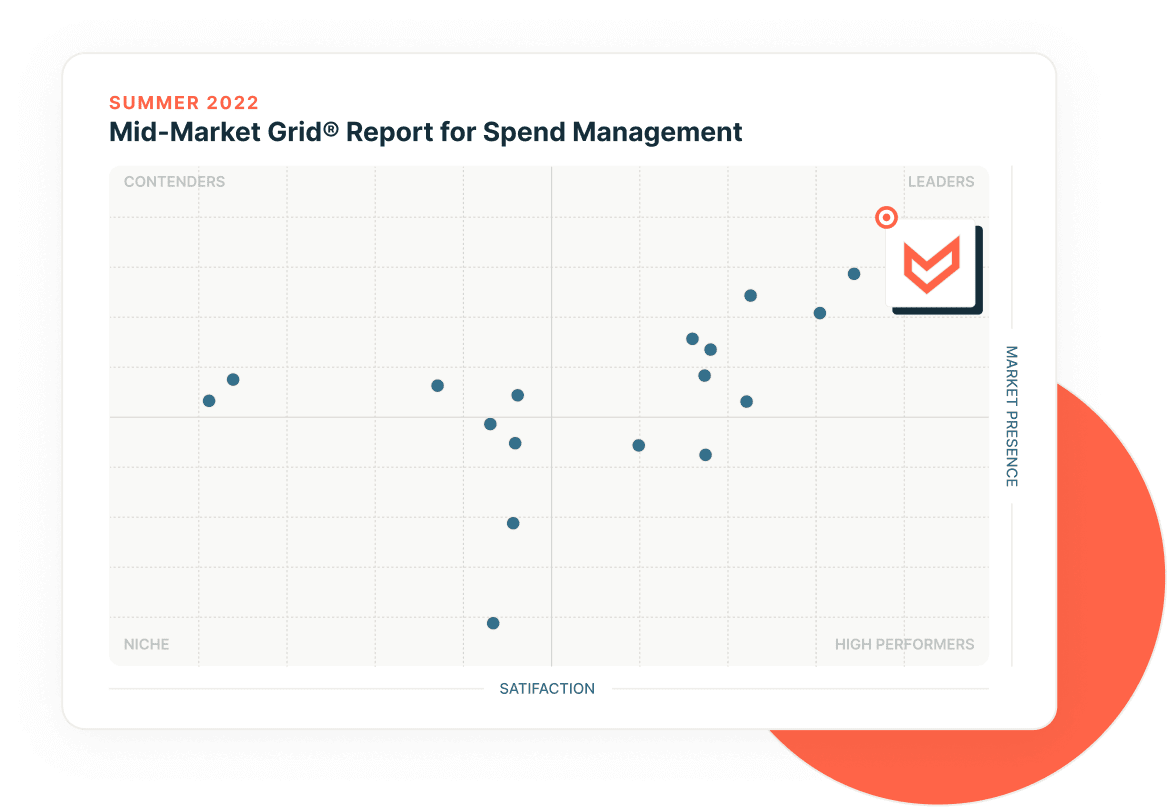
Key features:
- Integrates non-payroll spend, including accounts payable, expense reimbursements, and corporate cards, in one platform.
- Automates the entire accounts payable process, from vendor onboarding to invoice processing and payment.
- Streamlines the creation, approval, and tracking of purchase orders to ensure compliance with procurement policies.
- Offers detailed reports and analytics for a transparent view of spending by vendor, category, and department.
- Provides a self-service portal for vendors to submit invoices, update information, and track payment status.
- Configurable workflows ensure that expenditures are reviewed and approved by the appropriate personnel.
- Supports a range of payment methods, including ACH, virtual cards, and checks, automating payment processes and reconciliation.
- Enforces spending policies and controls, with built-in compliance checks and audit trail
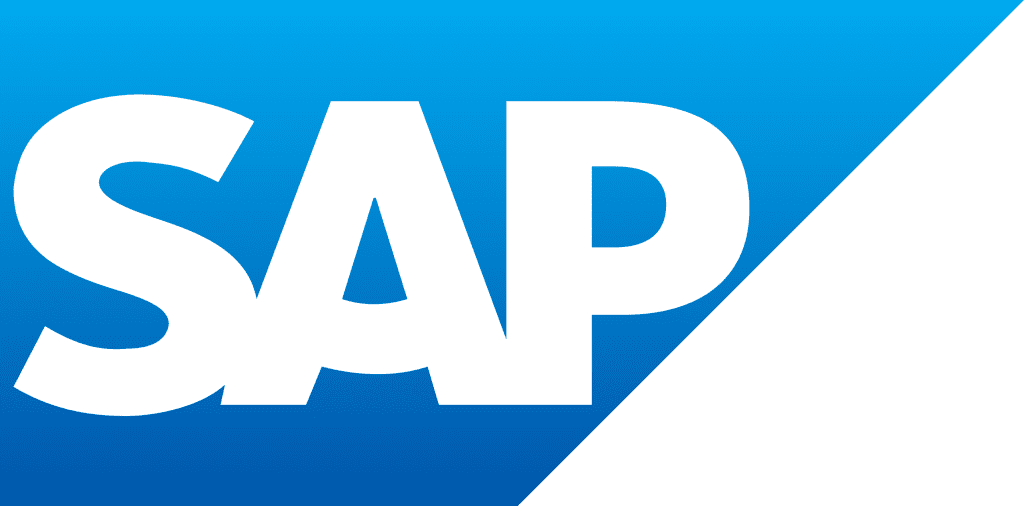
2. SAP Fieldglass
- G2 Rating: 4.5 out of 5 stars
- Price: Contact for pricing details
SAP Fieldglass is a leader in cloud-based vendor management systems that help organizations find, engage, manage, and pay their external workforce, including contingent workers and services managed through Statements of Work. It is particularly well-suited for large enterprises that need to manage a wide array of vendors and contingent labor across different geographies, ensuring compliance and optimizing costs.
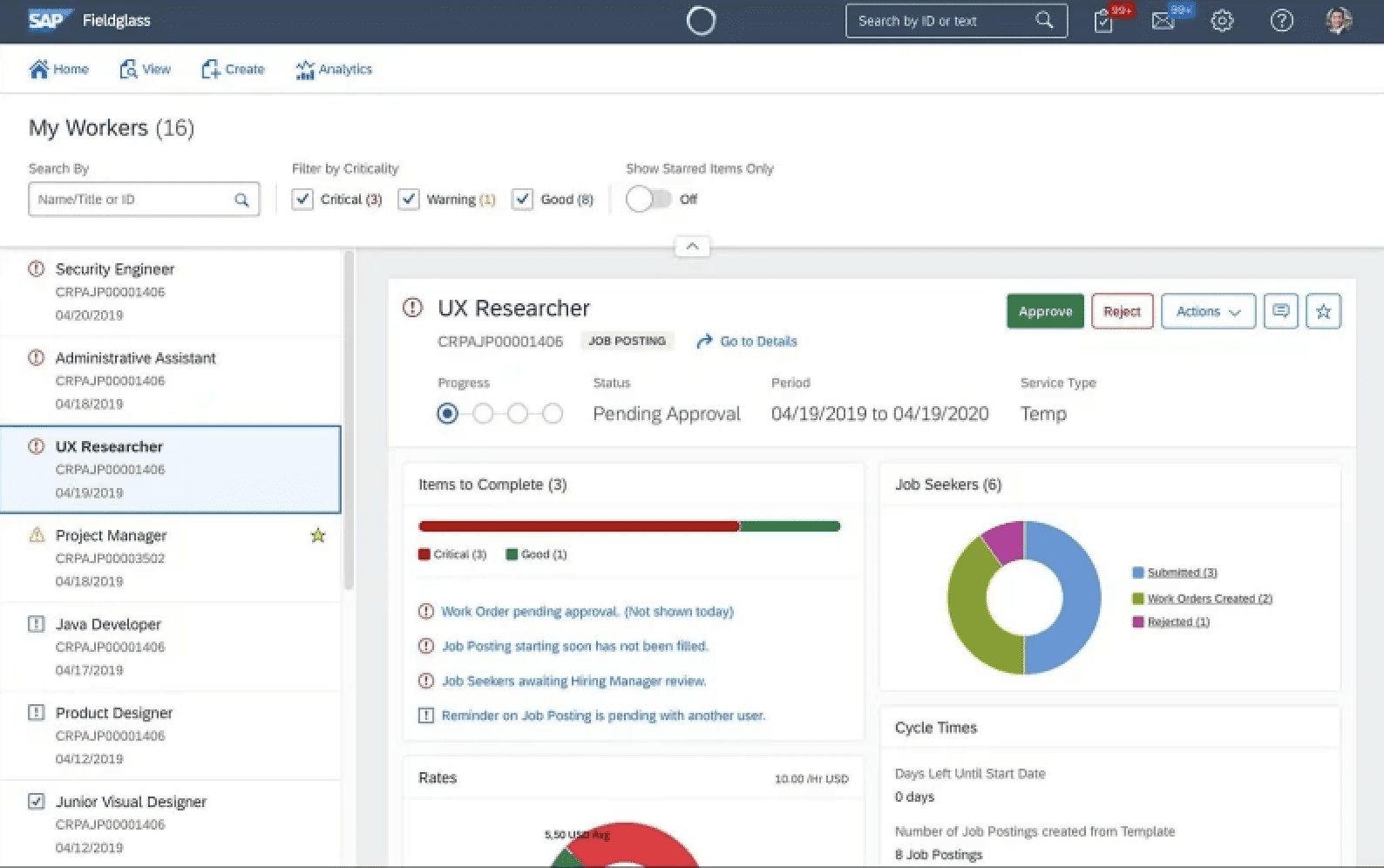
Key features:
- Manages the entire lifecycle of vendor interactions, from procurement to payment, across multiple categories of external talent.
- Helps ensure adherence to country-specific labor laws and regulations, reducing risks associated with global workforce management.
- Provides analytics and reporting tools to gain insights into workforce spend, vendor performance, and labor market trends.
- Automates and standardizes procurement processes, including bidding, contract management, and invoicing.
- Seamlessly integrates with other SAP solutions, enhancing enterprise data consistency and operational efficiency.
- Helps negotiate and manage supplier rates to ensure competitive pricing and cost efficiency.
- Tracks and evaluates vendor and worker performance to maintain high service standards and accountability.
- Offers a mobile app for easy access to VMS functionalities, enhancing flexibility for managers and vendors.

3. Precoro
- G2 Rating: 4.7 out of 5 stars
- Price: Core package starting at $249/month, Automation package starting at $999/month, contact for Suite package
Precoro is a cloud-based procurement software designed for small to medium-sized businesses to automate purchasing processes and control spend. It offers a user-friendly interface that simplifies the creation of purchase orders, management of suppliers, and tracking of spend without requiring extensive training. With features like automated workflows, budget tracking, and spend analytics, Precoro helps businesses optimize their procurement processes and improve their vendor management efficiency.
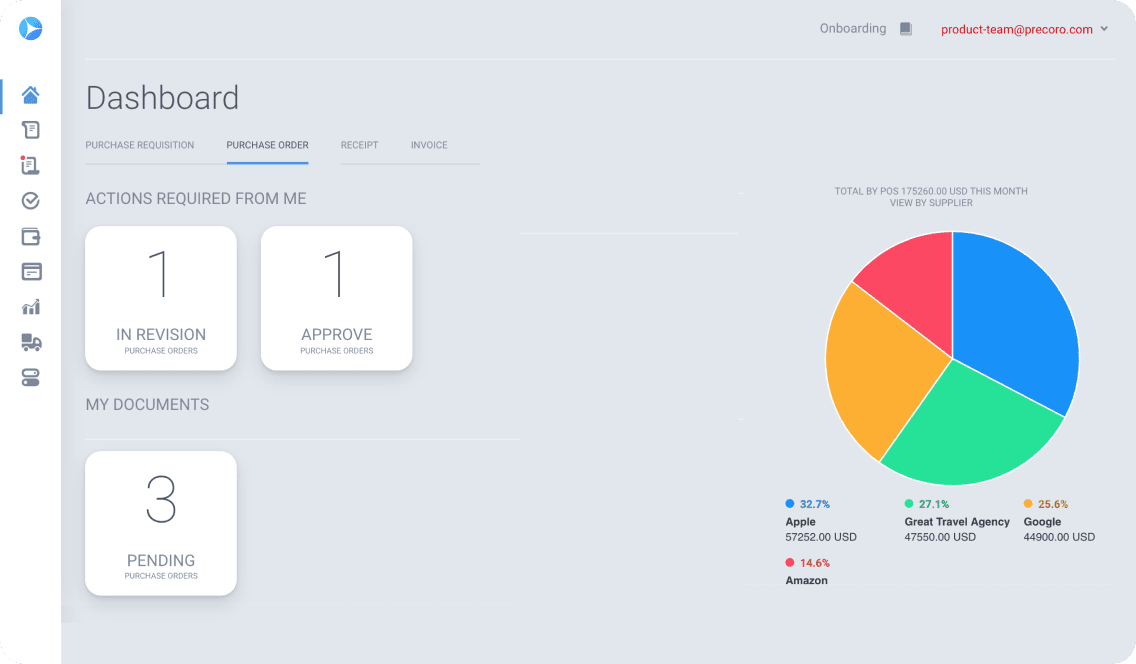
Key features:
- Enables the creation, approval, and electronic sending of purchase orders to vendors, reducing manual effort and errors.
- Centralizes supplier information for easy access and management, enhancing the organization of vendor data.
- Tracks and manages budgets in real-time, ensuring spending stays within allocated limits.
- Offers comprehensive analytics and customizable reports to monitor and analyze spending patterns and vendor performance.
- Tailors approval workflows according to organizational structure and procurement policies.
- Supports the processing of invoices electronically, streamlining the accounts payable process.
- Allows for the creation of customizable catalogs to ensure users purchase from preferred suppliers at the correct prices.
- Integrates with major ERP and financial systems to synchronize data and improve data accuracy.

4. Procurify
- G2 Rating: 4.6 out of 5 stars
- Price: Contact for pricing details
Procurify is a spend management solution that enables companies to follow proactive spend controls while providing a user-friendly and flexible procurement process. Ideal for mid-sized companies, Procurify offers tools to manage and control spending effectively, with robust workflows for purchasing, vendor management, and expense tracking. Its emphasis on user experience and real-time data helps businesses streamline their procurement activities and achieve better cost management.
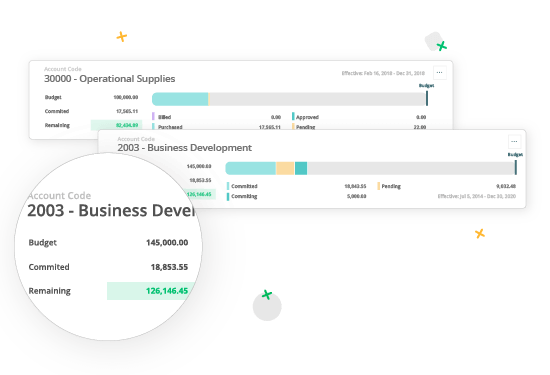
Key features:
- Simplifies the process of requesting, approving, and purchasing items, ensuring compliance with procurement policies.
- Stores and organizes all vendor information, making it easy to access and manage ongoing vendor relationships.
- Provides visibility into budgets and spending in real-time, allowing for immediate adjustments and better financial control.
- Configurable approval workflows ensure that all expenditures are properly reviewed and authorized.
- Delivers insights into procurement data to help identify spending trends and opportunities for savings.
- Facilitates the capture and reconciliation of receipts and invoices to improve the accuracy of financial records.
- Offers a mobile app for managing procurement processes on the go, enhancing accessibility and convenience.
- As a cloud solution, it provides secure access to procurement data from anywhere, facilitating collaboration and remote work.

5. Kissflow Procurement Cloud
- G2 Rating: 4.8 out of 5 stars
- Price: Contact for pricing details
Kissflow Procurement Cloud is a flexible procurement platform designed to unify and automate the entire range of procurement activities. Through an integrated suite of tools, it helps organizations of all sizes control spending, manage vendors, and ensure compliance. From purchase orders and invoicing to vendor management and analytics, Kissflow aims to simplify procurement processes and make them more strategic with less administrative burden.
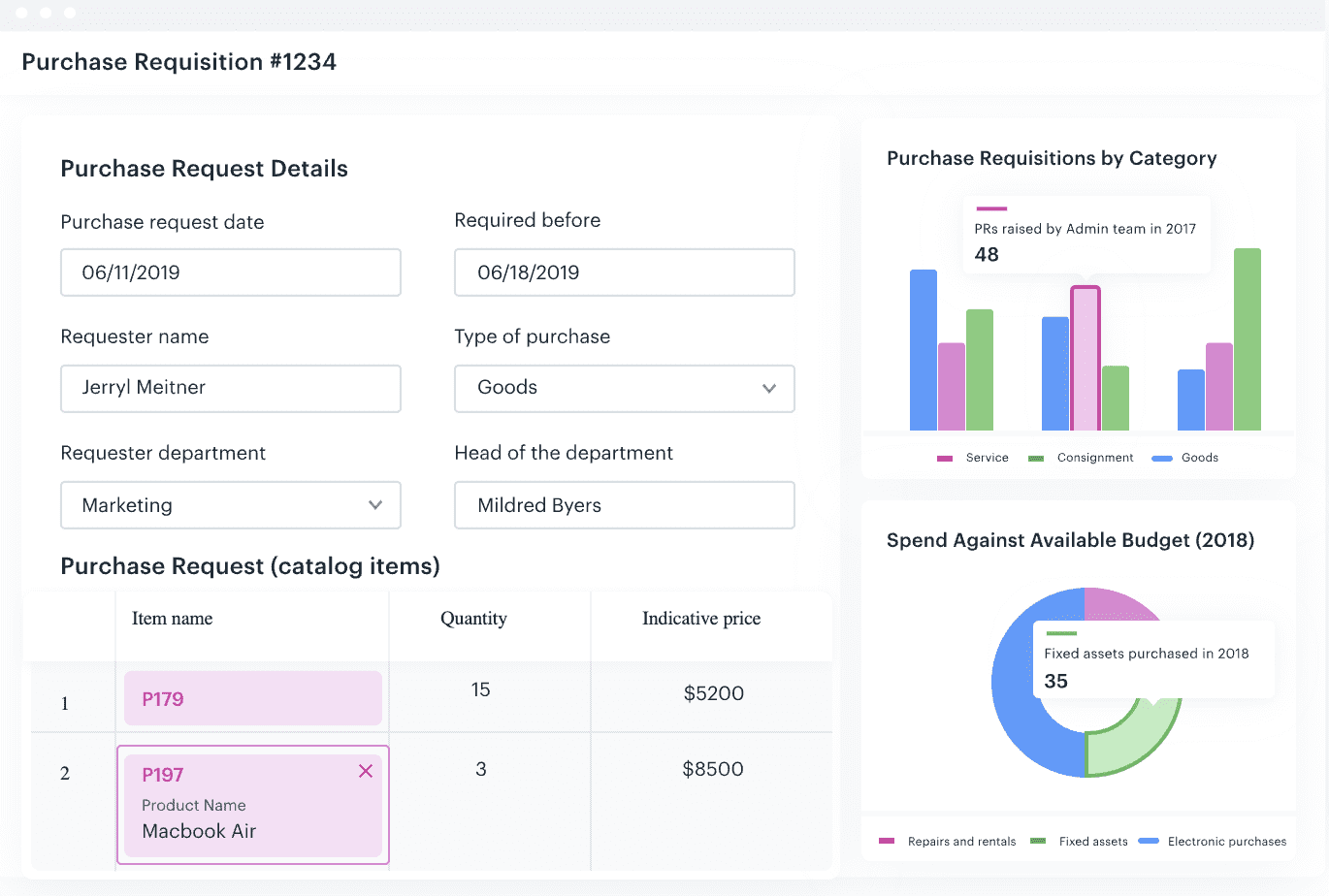
Key features:
- Offers a single platform for managing procurement, purchase orders, approvals, vendor management, and payments.
- Automates key procurement processes, reducing manual tasks and speeding up operations.
- Provides a self-service portal for vendors to submit invoices, update information, and communicate with buyers.
- Features advanced analytics tools to track spending patterns, vendor performance, and compliance.
- Allows businesses to customize procurement workflows, forms, and fields to suit their specific needs.
- Integrates with various financial and ERP systems for seamless data flow and consistency.
- Streamlines the creation and approval of purchase requisitions and orders, enhancing efficiency.
- Supports managing contracts within the platform, with alerts for key milestones and expiry dates.
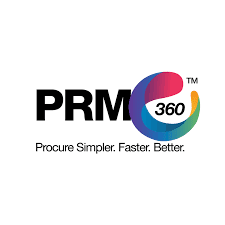
6. PRM360
- G2 Rating: 4.8 out of 5 stars
- Price: Contact for pricing details
PRM360 is a comprehensive procurement solution designed to automate and optimize the end-to-end procurement cycle for businesses of all sizes. It focuses on enhancing the efficiency of procurement operations, from sourcing and purchasing to supplier management and analytics. PRM360’s strength lies in its ability to provide a holistic view of procurement activities, support strategic decision-making, and foster collaborative relationships with vendors.
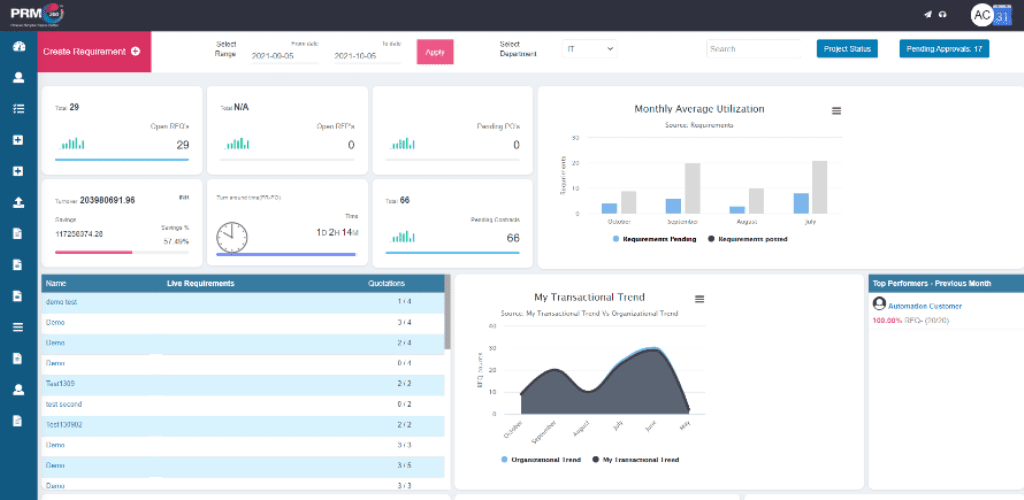
Key features:
- Facilitates the sourcing process with tools for supplier selection, bidding, and negotiation.
- Automates the creation, approval, and tracking of purchase orders, ensuring accuracy and timeliness.
- Provides features to manage supplier profiles, performance, and collaboration effectively.
- Offers an online procurement process to streamline purchasing, reduce costs, and improve cycle times.
- Delivers detailed reports and dashboards to clearly understand procurement metrics and supplier data.
- Manages contracts from creation to renewal, with notifications for key events.
- Helps monitor and control spending against allocated budgets to avoid overspending.
- Enables the use of approved vendor catalogs to ensure compliance and competitive pricing.
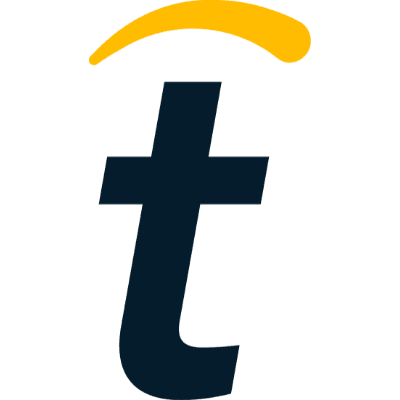
7. Tipalti
- G2 Rating: 4.5 out of 5 stars
- Price: Starting at $129/user/month
Tipalti is an end-to-end payables automation platform that streamlines the entire global supplier payments operation. It is designed to help businesses automate their vendor payment process, from onboarding and vetting vendors to processing payments in various currencies and formats. Tipalti’s focus on automating complex payment workflows and ensuring compliance reduces the risk of errors. It improves operational efficiency, making it ideal for businesses looking to optimize their supplier payment processes.
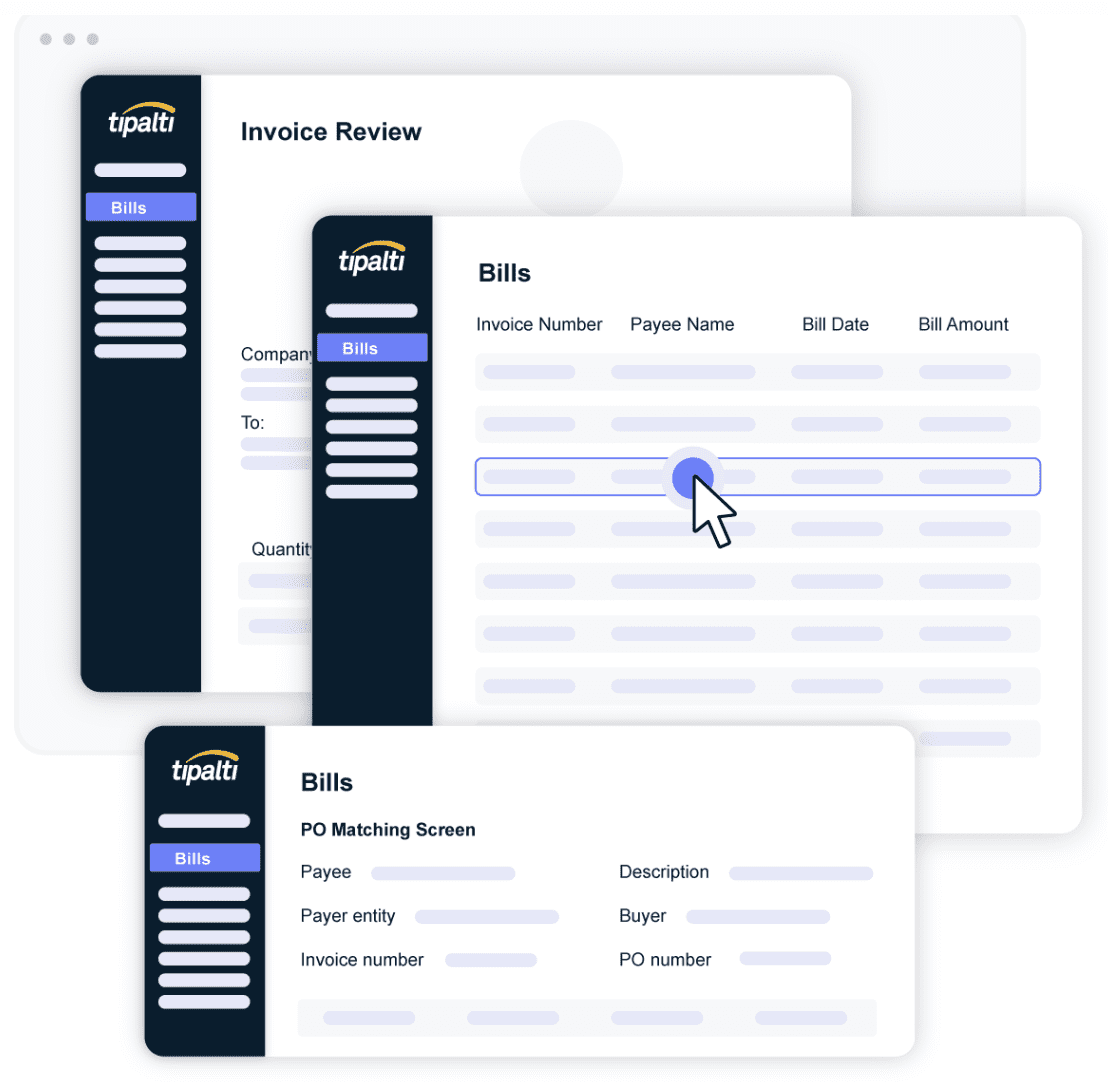
Key features:
- Supports payments in multiple currencies and methods, allowing businesses to pay vendors all over the world efficiently.
- Automates the collection of vendor tax and payment information to ensure compliance and reduce manual input.
- Streamlines the capture and approval of invoices, reducing the payment cycle time.
- Ensures adherence to global regulatory requirements, including tax and anti-money laundering laws.
- Automates the reconciliation of payments, simplifying financial reporting and audits.
- Manages early payment discount programs to optimize working capital.
- Centralizes supplier information and documents in a secure, easily accessible system.
- Provides comprehensive reporting tools for tracking payments, identifying bottlenecks, and analyzing vendor spend.

8. Gatekeeper
- G2 Rating: 4.5 out of 5 stars
- Price: $1,124.98 for Essentials package, $2,715 for Pro package, $4,815 for Enterprise package
GateKeeper is a comprehensive vendor management software designed to streamline and secure the entire vendor lifecycle. It offers robust functionality to manage vendor risks, ensure compliance, and enhance the overall efficiency of vendor interactions. By automating key processes like onboarding, due diligence, and performance monitoring, GateKeeper helps organizations maintain strong, compliant relationships with their suppliers. Its focus on security and compliance makes it an ideal choice for businesses looking to manage vendor risks proactively.
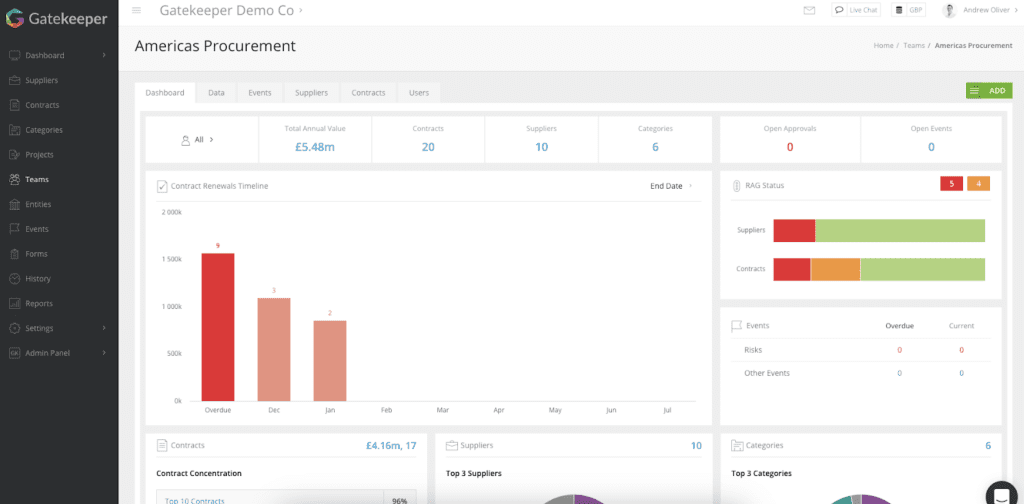
Key features:
- Streamlines the process of bringing new vendors into the system, ensuring that all necessary information is collected and processed efficiently.
- Offers tools to assess and monitor vendor risks, including automatic risk scoring and customizable risk assessment frameworks.
- Helps ensure that vendors meet regulatory and policy requirements, with features for tracking certifications and compliance statuses.
- Manages the entire lifecycle of contracts, from creation and approval to renewal and termination, with alerts for key dates.
- Tracks vendor performance against predefined KPIs and provides reports and dashboards for a clear view of vendor effectiveness.
- Central repository for all vendor-related documents, with version control and secure access.
- Enables vendors to self-serve for certain processes, improving communication and reducing administrative overhead.
- Easily integrates with other enterprise systems like ERP, CRM, and financial software for seamless data flow.

9. Zoho Creator
- G2 Rating: 4.3 out of 5 stars
- Price: $8/month/user for Standard package, $20/user.month for Professional package, $25/user/month for Enterprise package
Zoho Creator is a flexible platform that allows businesses to build custom applications, including robust vendor management systems tailored to their specific needs. With its drag-and-drop interface and powerful scripting language, Zoho Creator makes it easy to design a vendor management solution that can automate processes, manage data, and provide actionable insights. Its adaptability and integration capabilities make it a versatile choice for businesses looking to create a highly customized vendor management experience.
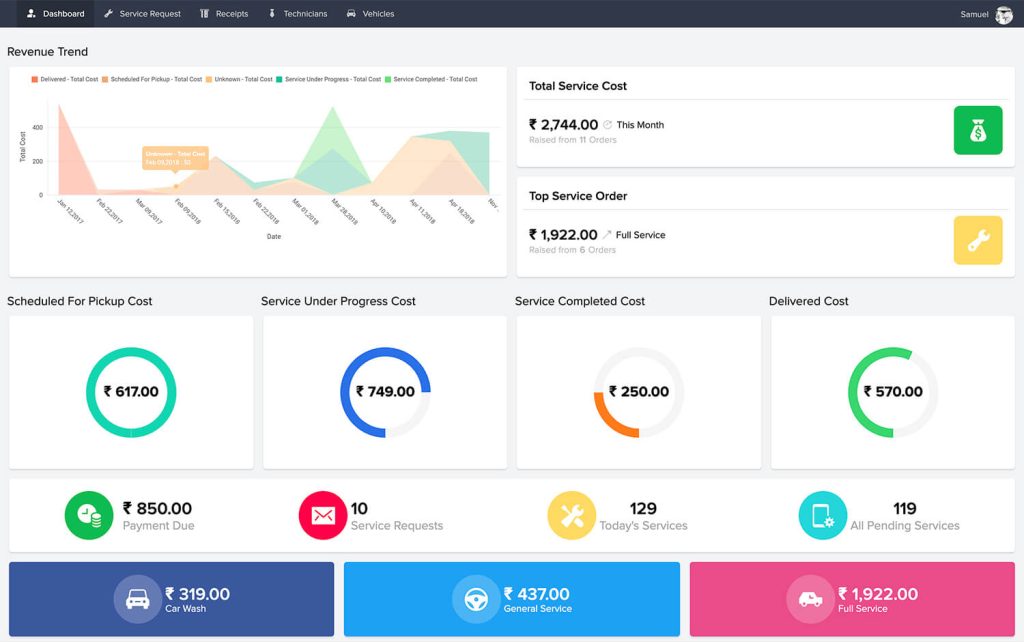
Key features:
- Allows businesses to create a tailor-made vendor management application that fits their unique processes and workflows.
- Automates repetitive tasks such as sending vendor onboarding emails, updating records, and triggering alerts for important events.
- Provides tools to collect, store, and analyze vendor data, helping businesses make informed decisions based on accurate insights.
- Includes customizable reports and dashboards to track vendor performance, compliance, and other metrics in real time.
- Ensures that sensitive vendor information is protected with role-based access controls and secure data handling.
- Offers a mobile version of the application, enabling users to manage vendor information and perform key tasks from anywhere.
- Seamlessly integrates with other Zoho products and third-party applications, enhancing the functionality of the vendor management system.
- Features tools like shared databases and real-time notifications to foster collaboration between internal teams and vendors.
Choosing the right vendor management software will help you speed up your procurement process, track all your purchases from one source of truth, eliminate fraud with better auditing, and create custom workflows for reviewing transactions.
No matter how robust your new vendor management software is, you’ll still run into issues if your finance team, third-party suppliers, or vendors can’t start using it quickly enough. You’ll notice that purchase requests pile up and fraudulent payments go unnoticed, all while your procurement process backs up.
With Whatfix, organizations are empowered to create in-app guided onboarding and application training to drive the adoption of new vendor management, procurement, and S2P applications—all in a non-technical, no-code environment.
With Whatfix, your team has the tools to create the following in-app content that lays directly on your vendor management application:
- Step-by-step flows
- Onboarding task lists
- Smart tips
- Pop-up messages and videos
- Compliance alerts
- Searchable knowledge bases that provide process documentation and links to additional support content
With this in-app content, organizations can find technology ROI with their new vendor management software by driving end-user adoption through learning in the moment of need and in-app guided support.
IT teams are also empowered to understand how these technologies are being adopted by capturing behavioral analytics on how these tools are being used. This helps to identify what features are (and aren’t) being adopted and what processes need additional training and support content.
Whatfix speeds up onboarding and drives the adoption of new vendor management software, empowering your employees and vendors to become expert application users by coaching vendor management software end-users at the moment of need.

Thank you for subscribing!


